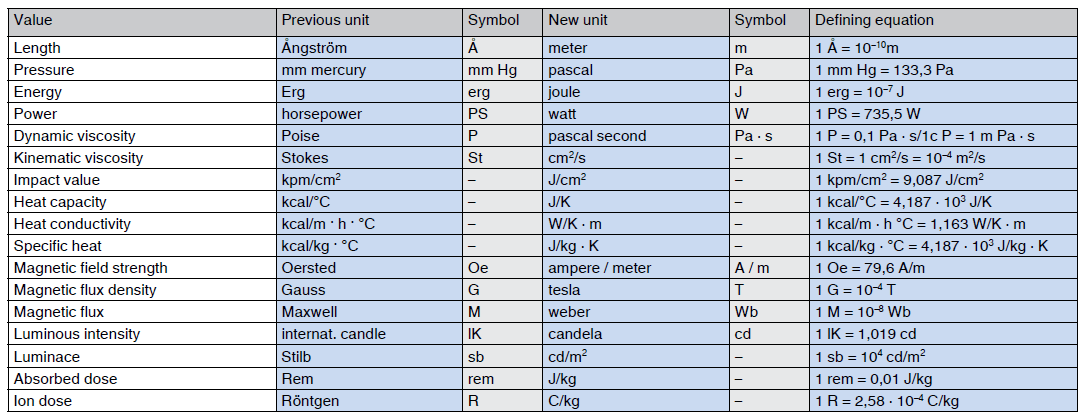Not known Factual Statements About Inches To Centimenter
Wiki Article
Getting My Inches To Centimenter To Work
Table of ContentsInches To Centimenter Fundamentals ExplainedThe Best Guide To Inches To CentimenterThe Buzz on Inches To CentimenterA Biased View of Inches To Centimenter
This makes discovering Unit Conversion Tool a breeze and will raise your productivity considerably while flattening the discovering curve. You can conserve great deals of time by making use of the global converter as it works in offline setting as well. As well as it gives you precise conversion results in mostly all systems available for measurements.99% accurate answer (inches to centimenter). Considering that Universal Converter application is available free on shop for all platforms, just download the application from store, install the application on your mobile phone and also open up the application, select your conversion devices and also after that key in the worth as well as click on 'Convert' for outcomes. This application is individual friendly interface with supplying immediate and precise result.
This confirms to be a best option for field job as well as you are practically assured to discover the precise conversion unit when needed! Easy to use Interface Provides Accurate Outcome Instantaneous Output No requirement for Internet Connection Provides converted cause all Possible Systems Global Converter gives an accurate and instant result to all inputs.

Fascination About Inches To Centimenter
Thanks for your questionnaire (inches to centimenter). Sending completionHere is a beneficial and also useful reader-contributed device conversion utility which has actually been sent for addition to the main Revit SDK examples. We went over the Revit device taking care of in one of the really first blog posts to this blog. One primary point talked about there is the truth that Revit internally makes use of a fixed collection of interior data source systems which can not be transformed.
The message mentions the basic unit converter provided by the Midas, Link example, which makes use of hard-wired self-maintained conversion constants, as well as suggests a straightforward hands-on manual technique for identifying any called for conversion aspect (inches to centimenter). The device conversion energy offered right here shows exactly how this process can be automated to avoid the requirement for any hard-coded conversion aspects whatsoever.
One use of this is to convert as well as present the internal Revit data source units to whatever systems the individual favors to see in the individual interface. It would certainly be great to accessibility this functionality from our exterior add-in applications as well, instead of keeping our very own conversion routines.
The Greatest Guide To Inches To Centimenter
For completeness' sake, we likewise discuss one more area pertaining to systems that we discussed briefly, the exploration of device types and also layout choices by Matt and Saikat. The aptly name System, Conversion energy offered here shows accessing the interior Revit unit dealing with performance to implement the inverted direction too, and also supplies an useful user interface for determining and also evaluating system taking care of functionality and also conversion factors.

If your task devices for Size are readied to inches, as well as you store right into a parameter utilizing Set, Value, String the string value for 12, Revit will automatically convert 12 inches into 1 foot as well as truly keep the value of click resources 1 for you right into the criterion. Utilizing Establish, Worth, String, you do not even have to recognize that Revit has an inner device of procedure, not to mention what those units of measure are. inches to centimenter.
Getting My Inches To Centimenter To Work
If, as an example, your job units for Length are readied to centimetres as well as you send out the string worth: 18" (with the trailing double quotes), Revit will translate that as eighteen inches and will certainly keep the Look At This worth 1. 5 (one and also a half feet) right into your criterion for you. As one more instance, having your task devices for Size readied to meters and also making use of Establish, Worth, String with the value: 2' 3" (consisting of the single and double quotes) will save the value 2.Revit understands how to do all the string parsing for you, and also will throw an exemption if you attempt to send it something it can not translate. A parallel reverse function called As, Value, String additionally exists in the Revit API. This will certainly convert a specification's inner value back to the string representation for the present task units.
5, calling As, Click This Link Value, String will return the string 3' 6". Using this expertise, it is possible to write approaches which can be made use of to assist address the device conversion issue a lot more quickly. We can create a function to return the range element (multiplier) that is needed for a details collection of devices of measure.
You can replicate that value to the clipboard from this type. If we want to save 1000 CFM into Revit, we have to keep the value 16. 666666666. For the mathematically inclined, this scale factor corresponds to 1/60, which informs us the internal units Revit utilizes for air flow are Cubic-Feet-per-Second.
Report this wiki page